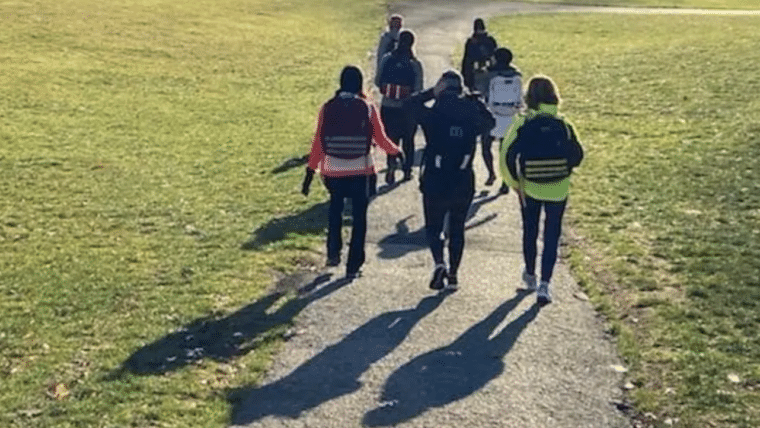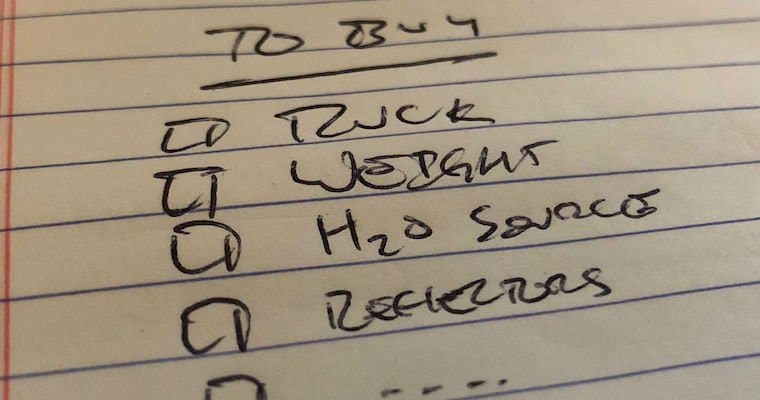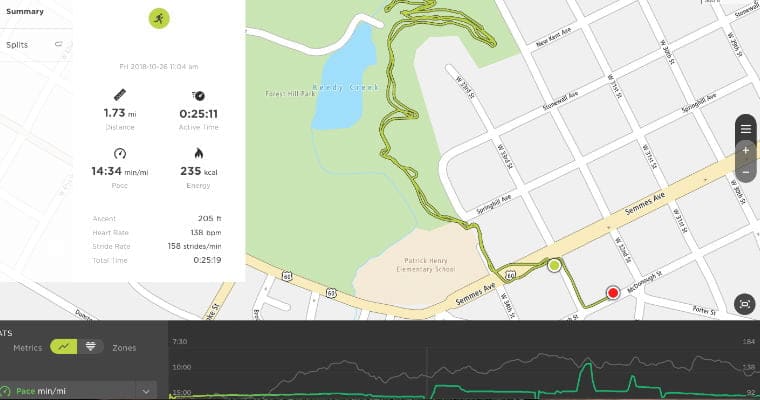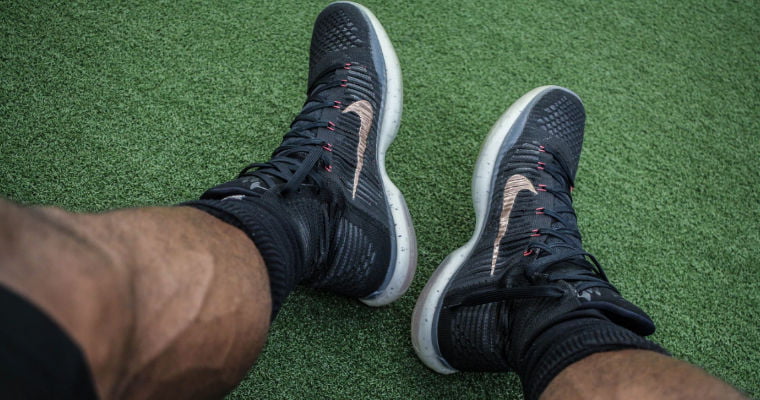While Rucking has been around for as long as military members have been required to carry their own gear, rucking is a relatively new form of exercise for the masses.
Rucking involves carrying a weight (typically a backpack) and walking or hiking for extended periods of time. This form of exercise is growing in popularity as it combines the benefits of cardio and strength training in a single workout (and has many other benefits).
Rucking is an excellent way to build endurance, increase muscle mass, lose weight, and improve overall fitness. It is also a great way to challenge yourself and push your limits. However, if you are new to rucking, it is important to start slow and build up gradually to avoid injury.
In this article, we will go over the basics of rucking, including what it is, why it is beneficial, and how to get started.
What is Rucking?
Rucking is a term used to describe the act of carrying a weighted backpack and walking or hiking for extended periods of time. This form of exercise was originally used by military personnel less as “exercise” and simply a necessary requirement to transport their supplies and equipment between points. As rucking became more ubiquitous for military personal, it grew to also be a way to train for combat and improve overall fitness.
Today, rucking is a popular form of exercise for civilians who are looking to improve their physical fitness, build strength and endurance, and challenge themselves. It has only grown in popularity thanks companies like GORUCK who have built gear and events entirely around rucking as an exercise for the masses.

Why is Rucking Beneficial?
Rucking offers a number of benefits to those who participate in it. Here are a few of the most notable benefits:
- Builds Strength: Rucking requires the use of many different muscle groups, including the legs, back, and core. As you carry the weight on your back, your muscles are forced to work harder, which can help build strength and improve overall fitness.
- Improves Endurance: Rucking requires you to walk or hike for extended periods of time, which can help improve your endurance and cardiovascular health.
- Challenges You: Rucking is a great way to challenge yourself and push your limits. As you walk or hike with the weight, your body will have to work harder, which can be a great way to test your physical and mental endurance.
- Low-Impact Exercise: Rucking is a low-impact form of exercise, making it a great option for people with joint pain or those who are recovering from an injury.
- Fun and Engaging: Rucking can be a fun and engaging form of exercise, especially when you participate with friends or in a group or sign up for GORUCK events or Monthly Rucking Challenges. It is also a great way to explore new places and see the world from a different perspective.
How to Get Started with Rucking
If you are new to rucking, it is important to start slow and build up gradually to avoid injury. Here are a few tips to help you get started:
- Choose the Right Backpack: The first step in getting started with rucking is to choose the best rucking backpack. Look for a backpack that is comfortable and fits well, with enough room to carry the weight you will be using. Make sure the backpack has enough pockets and compartments to store your water, snacks, and other essentials. We recommend the GORUCK Rucker, which is built entirely for the sport of rucking.
- Start with a Light Weight: When you first start rucking, it is important to start with a light weight and build up gradually. Aim to start with a weight of 10-15 pounds and increase the weight as you get stronger and more comfortable. While any weight will do, GORUCK’s “Ruck Plates” are ideal choices to help keep weight close to your body and secure in your ruck.
- Choose the Right Shoes: Rucking can be hard on your feet, so it is important to choose the right shoes. Look for shoes that are comfortable and provide adequate support, with good traction for walking or hiking. And, while we wrote an article on “best shoes for rucking.” The reality is that the best ones are the ones most comfortable to you.
- Warm Up Before You Start: Before you start rucking, be sure to warm up with a light walk or jog for 5-10 minutes. This will help prepare your body for the workout and reduce the risk of injury.
- Start Slow and Build Gradually: As with any new form of exercise, it is important to start slow and build gradually. Start with short rucking sessions, such as 15-30 minutes, and increase the duration and intensity as you get stronger and more comfortable.
- Listen to Your Body: It is important to listen to your body when rucking. If you experience pain or discomfort, take a break and adjust the weight or your posture. If the pain persists, stop rucking and seek medical attention.
- Incorporate Rucking into Your Workouts: To get the most out of rucking, try to incorporate it into your regular workout routine. Aim for at least 2-3 rucking sessions per week, with a day or two of rest in between. You can also try rucking on different terrain, such as hills or uneven ground, to challenge yourself and build strength in different muscle groups. Have even more fun by adding a ruck workout to the mix.
- Stay Hydrated: Rucking can be physically demanding, so it is important to stay hydrated. Bring along a water bottle and drink water before, during, and after your rucking sessions. We also recommend using a supplement like LMNT, to keep your electrolyte in balance while rucking.
- Progress at Your Own Pace: Everyone progresses at a different pace when it comes to rucking. It is important to progress at your own pace, rather than trying to keep up with others. Focus on challenging yourself and improving your own strength and endurance, rather than comparing yourself to others.
In conclusion, rucking is a great way to build strength, improve endurance, and challenge yourself. If you are new to rucking, it is important to start slow and build gradually to avoid injury. Incorporate rucking into your regular workout routine, listen to your body, and progress at your own pace to get the most out of this form of exercise. With dedication and hard work, you can reap the many benefits of rucking and reach your fitness goals.








What are the Best Shoes for Rucking?
Best Rucking Backpacks List
Rucking for Weight Loss: A Comprehensive Guide
Rucking for Beginners: A Complete Guide to Getting Started
What is Rucking?
Is Rucking Better Than Running?
Best Rucking Backpacks List
How Many Calories Do I Burn Rucking?